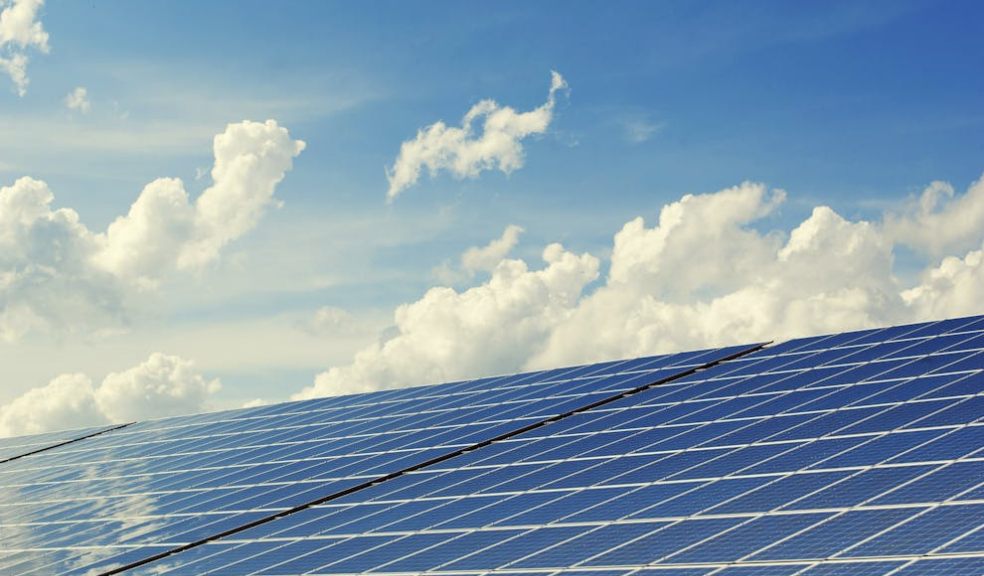
Solar Energy Expansion Paving the Way for Ireland's Climate Targets
Ireland is racing to meet its climate targets, and solar is leading. Fossil fuels are being phased out, and clean alternatives are stepping in. What was once a minor player is now a major player in powering homes, businesses and communities.
The rapid growth of solar is no longer a nice idea. It's a reality driven by bold policies, steady investment and growing public demand for renewables. With national targets to cut greenhouse gas emissions by 51% by 2030 and net zero by 2050, incremental change won't cut it. Ireland needs solutions that can scale fast, integrate seamlessly and deliver lasting impact.
Solar is not just about technology. It's about how energy is understood and used. It's about giving people the tools to be part of the transition. That's already happening, and it's gaining pace.
Ireland's Climate Target Commitments and Solar
Ireland's Climate Action Plan sets the direction: by 2030, 80% of electricity should come from renewables. Offshore wind will dominate, but solar is perfectly placed to balance the system. Its generation is predictable during daylight hours and especially useful during summer peaks when demand rises.
Just as important is solar's ability to decentralise power. Panels on rooftops, schools, farms and businesses reduce strain on the grid and cut the need for imported fuels. Every installation chips away at emissions and builds energy independence.
Key targets include:
- Cut greenhouse gas emissions by 51% by 2030
- 80% of electricity from renewables by 2030
- Net zero by 2050
Hitting those numbers depends on how fast solar can scale.
Rooftop and Community Solar
Once written off as too expensive or unreliable in Ireland's climate, solar has proven otherwise. Falling costs, maturing technology, and widespread enthusiasm have made it one of the most practical tools for decarbonisation, and it is available to households, businesses, and communities alike.
Rooftop solar has already changed the landscape. Homes, schools and businesses that once relied solely on the grid are now generating their own clean electricity. It's not just about cheaper bills – it's about stability, resilience and being part of the climate action. Community projects are having a broader impact. Shared solar arrays allow groups of neighbours or businesses to invest together, splitting the costs and benefits. This is opening up opportunities for people who can't install panels themselves, so more people can be part of the transition.
Momentum is building at every level, from single rooftops to community hubs. Local ownership is key. When people are part of the solution, they will support and sustain it.
Utility Scale Solar: Meeting National Demand
Small scale is important, but to meet national targets, Ireland also needs utility-scale solar. Large farms feeding the grid provide the scale to support national demand.
These are already happening, with renewable energy auctions and planning reforms. Developers are designing sites that sit alongside grazing fields or wildflower habitats, proving you can have solar and biodiversity.
The key is balance: rooftop systems for decentralisation and big solar farms for scale. Together, they give Ireland the energy mix and flexibility it needs.
Utility-scale solar also brings consistency. It can deliver big volumes of electricity without delay and help stabilise supply during peak periods.
Driving Down Costs and Increasing Accessibility
The cost of solar has fallen over the last 10 years. Panels are cheaper, more efficient and easier to install. Add in government grants and support schemes, and the payback period for homeowners and businesses has shortened dramatically.
Now it's not about affordability, it's about awareness. People need clear information, trusted installers and simple grant processes. As those barriers come down, adoption will accelerate further.
For many, it's not if solar makes sense — it's when to do it. The more visible the solar is, the more normal it feels. That visibility matters.
Solar and the Broader Climate Strategy
Solar isn't working alone. Ireland's net zero strategy has multiple pillars: offshore wind, battery storage, grid upgrades and efficiency measures. However, solar energy has unique strengths that complement those.
- It peaks in summer, filling seasonal gaps in wind supply
- It's distributed, reducing demand on transmission networks
- It brings the public into the energy transition
By integrating solar energy into the system, Ireland is diversifying supply and making climate action tangible for households, schools, and communities.
Solar also supports energy security. It reduces reliance on imported fuels and protects against global price shocks. That's becoming more important every year.
Economic and Social Benefits
The solar rollout isn't just good for the climate — it's good for the economy. From installation to maintenance, the sector is creating skilled jobs across Ireland. Farmers and landowners are gaining new revenue streams by hosting solar projects. Companies like GoKonnect Solar are expanding rapidly across the country and turning into large businesses quickly.
Communities benefit too. Producing power locally protects them from global energy price swings and stabilises a volatile market. The visibility of solar matters: every rooftop panel is a sign of progress and a reminder that change is possible.
Solar is not just an energy solution. It's a driver of economic resilience and social confidence. It brings people together around a shared goal.
Overcoming the Barriers to Solar Expansion. Yes, growth brings challenges. Grid capacity needs to keep up with supply. Planning processes need to balance land use, heritage and environmental protection. Communities need to feel like they are part of the project to get buy-in.
Technology is helping with some of these. According to Midland Batteries, Smart grids, battery storage and digital tools are making solar integration easier. However, investment and forward planning are key to keeping up with growth.
If Ireland is to hit 2030 targets, these must be tackled now — not later. Delay now means missed opportunities later.
Looking Ahead: Solar in 2030 and Beyond
Ireland is heading towards a cleaner, more resilient energy system, with solar energy at the heart of it. By 2030, it will be part of the main renewable mix. By 2050, it will help deliver a net-zero future where imported fossil fuels are a thing of the past.
It will take collaboration, investment and perseverance. But the rewards are worth it: lower emissions, stronger communities and long-term energy security.
Solar's rapid growth isn't just helping Ireland meet climate targets. It's changing how energy is generated, consumed and valued. The change has already started – and the benefits will be felt for years.

















